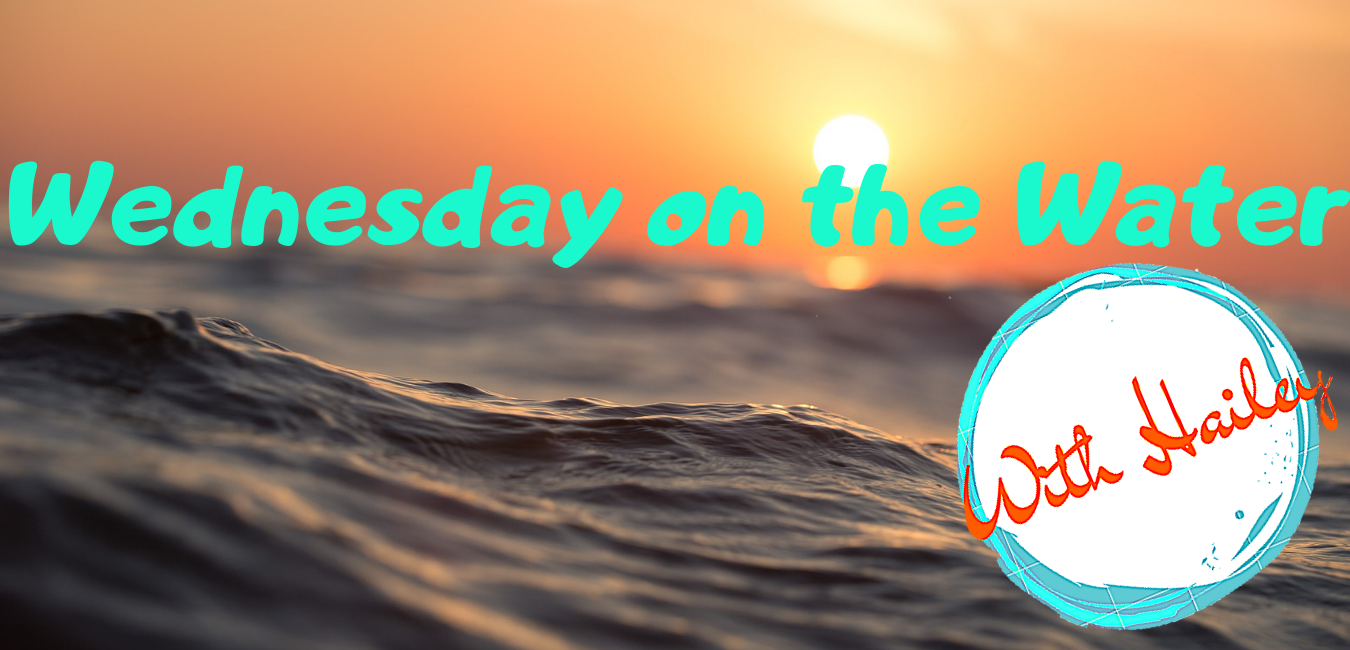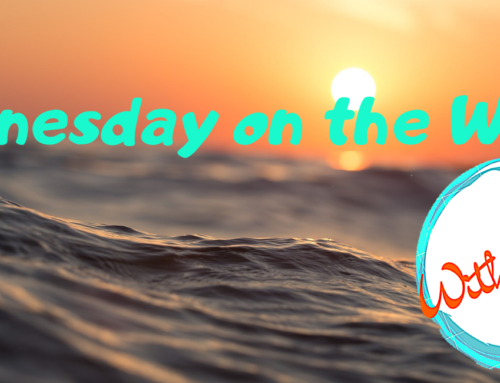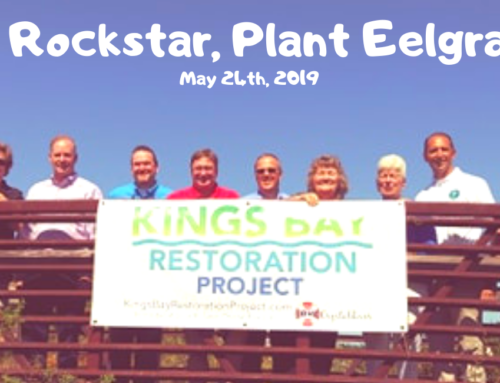Eelgrass Apocalypse!
This month brings us a very welcomed Autumn season! The mornings are darker and the days are ending quickly, which means one very important matter; our crisp cold fronts should be marching in. With cold fronts, Citrus County will also receive another special surprise! Our population of Migratory Manatees will be back in Kings Bay. If the manatees show up in large numbers similar to last year, we will start seeing a very important change in the ecosystem. Our eelgrass will start to disappear! Boooooooo.
Don’t fret, it is completely normal to see our underwater forest thin out. As with most plant life, our eelgrass experiences seasonal changes too! This spooky month has all kinds of ecological changes for our wildlife on the nature coast. With each fall season, we see the animals become more active, especially the nocturnal ones. I wonder if any of our residents know that Manatees are one of those nocturnal animals? Actually, it is a known fact that Manatees are diurnal AND nocturnal. Which leads us to believe that they can eat all day, and all night. Imagine 1 manatee eating 100-200 pounds of eelgrass a day. Then times that by 881 manatees! That is a lot of eelgrass to sustain the population. It can disappear as quickly as a ghost – go figure! This cycle will most likely happen again this fall. The springs may look like a desert again, but not for long.
If you have been in the Bay recently, you may have had the chance to see all the summer loving eelgrass growing in front of Pete’s Pier. Before 2015, that whole entire area was dark brown. Now the front of Pete’s Pier is crystal clear, as well as Hunters basin, and Three Sisters Spring run. The restoration project has spread throughout the bay and the eelgrass has even grown up to 3-4 feet in some areas, and this is mostly all naturally occurring without our helpful hand planting contractors. It seems that each year is getting more successful.
What can you expect to see?
Unfortunately, the clear water could potentially lull. One reason is due to the amount of grass that will get eaten by manatees. Another reason is the lack of sunshine to help the eelgrass grow back immediately. That leads to a lack of vegetation on the spring floor, which may reduce filtration. What can we do about it? Well, so far each year we let nature take its course. We could physically assist the grass by not pulling it up when we anchor while swimming with manatees. We can also remember to replant the eelgrass that still has roots floating at the surface. Most of the floating eelgrass that doesn’t have roots is actually left over salad from a “residential” manatees. We can tell the difference between living eelgrass and leftover dinner by checking if the blades are attached to the root system, or are “chewed up”.
Therefore, the most important part about this Fall is to enjoy the eelgrass and water clarity while you can, and to be very careful when anchoring or walking in the springs. The eelgrass success will look like it is paused during our winter months, but if we take care of the seeding grass right now there may be a chance that it lasts much longer than it did last winter. Who knows? Maybe the grass is luscious enough to withstand hundreds of underwater lawn mowers coming in, but don’t worry if it vanishes it will come back!







